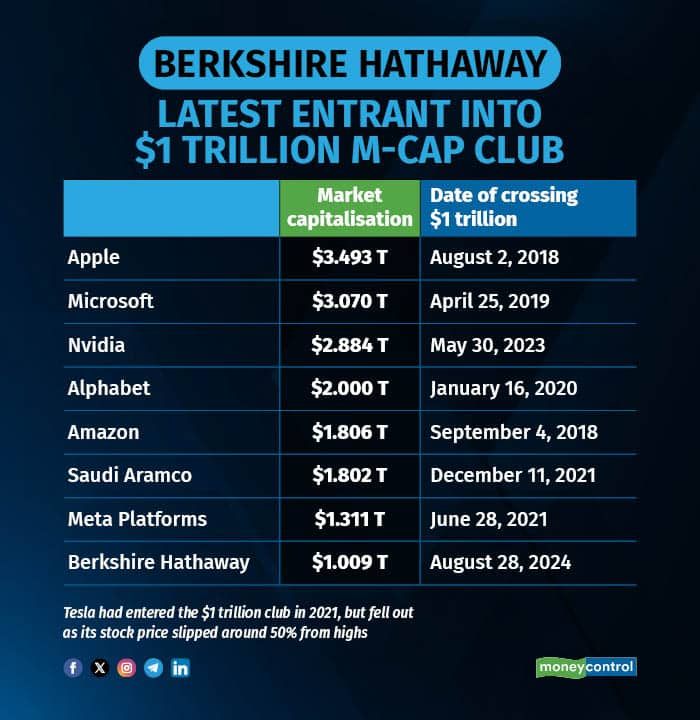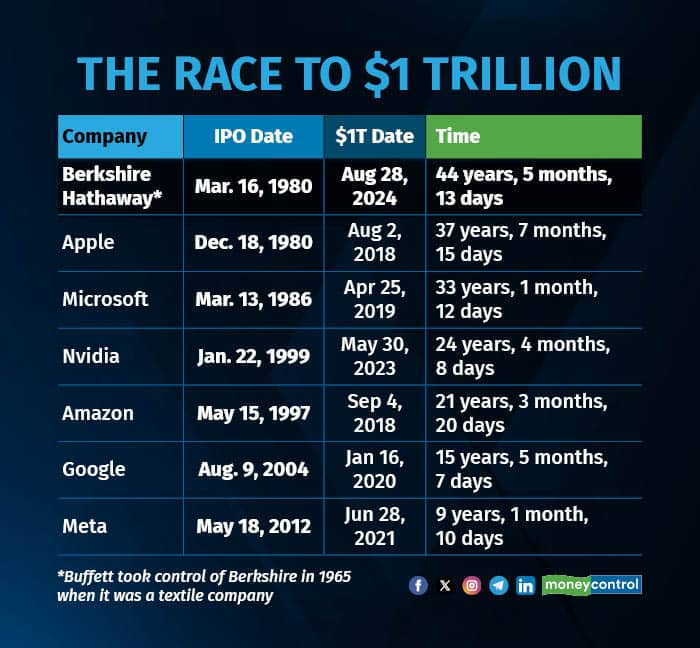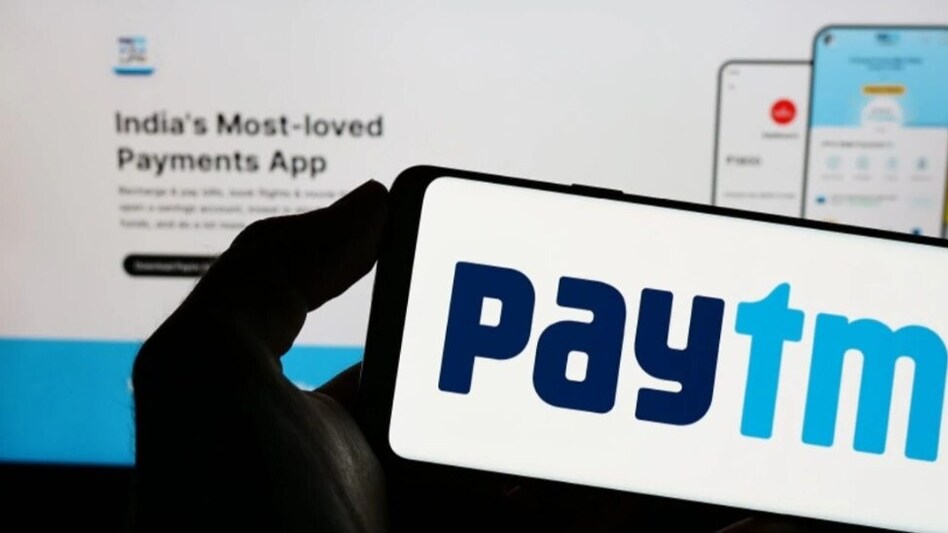
New Delhi,UPDATED: Sep 2, 2024 18:04 IST
In Short
- Congress accuses Sebi Chairperson of conflict of interest
- Buch allegedly received Rs 16.8 crore from ICICI Bank
- Congress asks PM Modi to come clean on her appointment
The Congress on Monday accused Sebi Chairperson Madhabi Puri Buch of conflict of interest, alleging that she was drawing regular income from a private bank while being a full-time member of the markets regulatory body. The opposition party also asked Prime Minister Narendra Modi to come clean on her appointment.
At a press conference in Delhi, the Congress alleged that since the current Sebi chairperson took office in 2017, she has not only been drawing a salary from Sebi but has also been holding an office of profit at ICICI Bank and its holdings, continuing to receive income from them to this very day.
“When you work at one company, you take a salary from there only. However, when the Sebi Chairperson was a whole time member of Sebi, she was receiving regular income from ICICI Bank, prudential, and ESOP from 2017-2024. Someone sitting in such a higher position in a regulatory body was receiving a payment from somewhere else. This is completely a violation of Section 54 of Sebi,” said Congress leader Pawan Khera during the press conference.

Must Read
Should Anubhav Sinha have highlighted real names of IC 814 terrorists?
TRENDING TOPICS:
Buch was a whole-time member of Sebi from April 5, 2017 to October 4, 2021 before she assumed the role of Sebi Chairperson from March 2022.
In its press release, the Congress alleged that the total amount received by Buch from ICICI from her time of joining Sebi in 2017 up until today totals to Rs 16.8 crore, which is “shockingly 5.09 times the income she received from Sebi during the same period which amounts to Rs 3.3 crore”.
Congress general secretary in-charge communications Jairam Ramesh said serious questions have been raised over the conflict of interest of the Sebi chairperson in the regulatory body’s Supreme Court-mandated investigations into violations of securities laws by the Adani Group.
“These questions seem to have been simply brushed aside by the Government of India. Now comes this fresh revelation of shocking illegality,” Ramesh said in a post on X.
“The non-biological PM, who has been complicit in providing cover to the SEBI chairperson through his silence, must come clean and answer the following questions What is the fit and proper criteria for appointment of heads of regulatory bodies?” he asked.
The Congress’s allegations come days after US-based short-seller firm Hindenburg Research claimed that Madhabi Puri Buch and her husband Dhaval Buch had a stake in some obscure offshore entities used in the alleged Adani money siphoning scandal.
The Buchs denied the allegations, saying that their investment in the fund, which Hindenburg claimed is linked to the alleged Adani stock manipulation, was made two years before Madhabi joined Sebi.
On Monday, Madhabi Puri Buch attended a Confederation of Indian Industry. At the event, Buch said she could talk about investing in real estate investment trusts (REIT) but she would get accused of conflict of interest.
“So, it would be better for me to abstain,” she said.
Buch was hinting at the allegation by Hindenburg Research that she had promoted REITs to investors as her favourite asset class at industry conferences after her husband, Dhaval Buch, was appointed in 2019 as a senior advisor in global investment firm Blackstone




 Among these companies, Berkshire Hathaway also took the longest to reach the $1 trillion mark, trading over 44 years before crossing the finish line. On the other hand, Meta clocked the record in just nine years since its debut on the bourses.
Among these companies, Berkshire Hathaway also took the longest to reach the $1 trillion mark, trading over 44 years before crossing the finish line. On the other hand, Meta clocked the record in just nine years since its debut on the bourses.

 Overview of Bajaj Finance
Overview of Bajaj Finance
 Paytm share price: I think the worst is behind, a market expert said.
Paytm share price: I think the worst is behind, a market expert said.